Part 1:
My 17th Solar Eclipse Expedition
My 12th successfully-observed Total Eclipse in a Row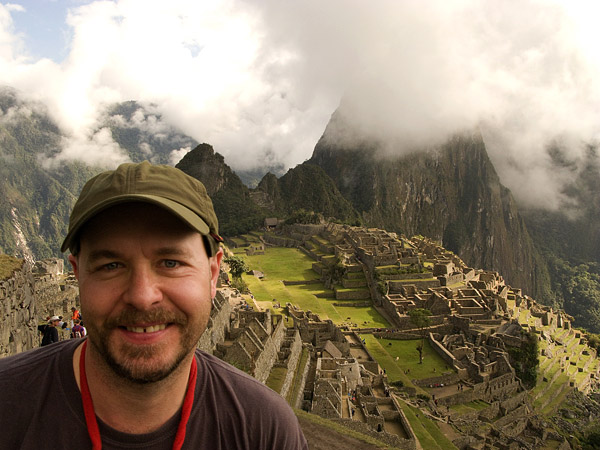
On the way to Patagonia, I spent two weeks in Peru. The classic Machu Picchu shot!
I don’t think anyone would argue with me if I said that eclipse chasers really want to see the eclipse. But can we anthropomorphize the eclipse and say, it really wants to be seen?
The TSE of 11 July 2010 was visible from Tahiti and the surrounding islands – across Easter Island through the south Pacific – ending on the very tip of South America – in Patagonia. Eighteen months before the eclipse, I was booked on a small clipper ship out of Tahiti – we were going to sail the remote Tuamotu Islands of French Polynesia for a week – then see the eclipse in the ocean off Tahiti’s south coast. The perfect plan. I was totally pumped. The idea of sailing around these islands en route to totality was a life dream come true. I love trains. And I love sail boats.
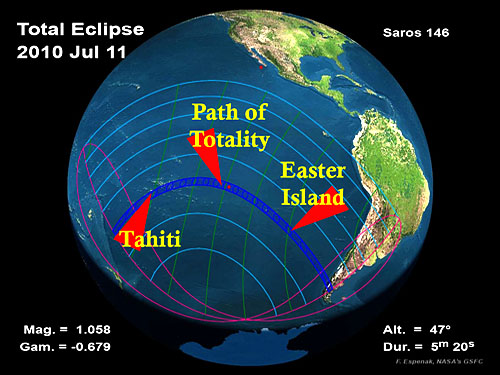
But no sail ever happened! They cancelled it months in advance. Apparently, the ship operator decided to redeploy the vessel to other, richer waters and dumped 75 chasers from the manifest. Nice.
I was then without an eclipse plan.And I let it slide.For months.Pretty soon, all the other Tahiti cruises were sold out.I checked into the tours and the music festival happening on Easter Island – loved the sound of it – but too expensive.(The greed of the tour operators and the airlines early in the selling turned away many people, and in the final few weeks before the eclipse they couldn’t give away their seats. The throngs of people that were supposed to show up on Rapa Nui for this eclipse never materialized).So I booked the next best option – a reasonably priced eclipse flight – a private charter into the path of the eclipse at 35,000 ft.A guaranteed cloudless eclipse!We couldn’t miss!So I booked passage to El Calafate – a sleepy cottage town in Patagonia – where the flight would take off on 11 July 2010.
But two days before the eclipse – they cancelled the flight.Problems with the aircraft, we were told.I was halfway around the world already and feared I would miss my first Total Eclipse in 20 years.
But against all odds, the eclipse was seen in a pristine sky above the Andes Mountains.This was the eclipse that wouldn’t take no for an answer.
Part 2: The New Plan
And in keeping with my desire to see the whole world while eclipse chasing, I took advantage of the opportunity and booked two weeks in Peru before the eclipse. Lima – Puno – Cuzco – the Inca Trail – Machu Picchu. Classic Peru.
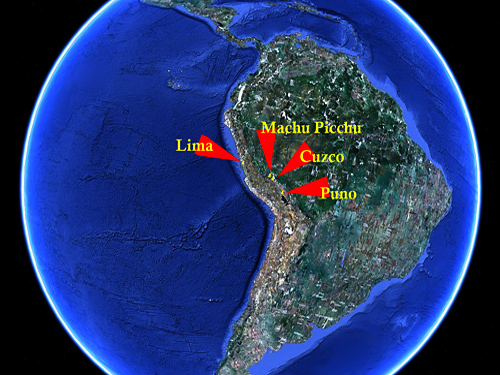
The big attraction for me in Peru was the Inca Trail – the famous 4-day hike through the Andes Mountains to the city of Machu Picchu. I had wanted to do this journey since I was old enough to read.
Entering Peru through the city of Lima, I move straight to Puno. At 12,500 feet, Puno is one of the highest places on the continent and it’s famous because this is where you go to visit Lake Titicaca – the world’s highest navigable lake and a critical location in the Inca heritage.
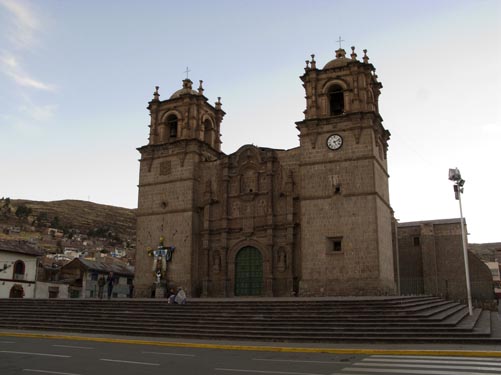
The city of Puno.

It takes me two days to get over the symptoms of High Altitude Sickness.
I head out on to Lake Titicaca and visit the floating islands of Uros – where a traditional culture lives on man-made islands, fashioned from the endless supply of reeds growing in the lake.
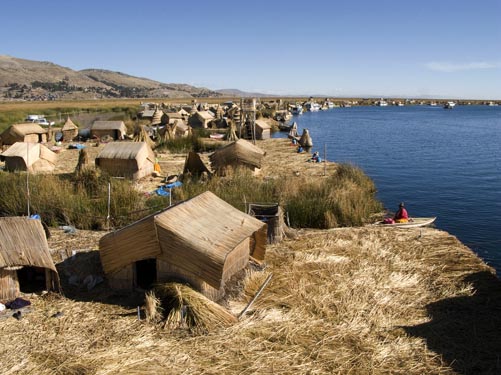
It floats! Islands of Uros in Lake Titicaca.

Imagine your house – your floor – your bed – all made out of this.
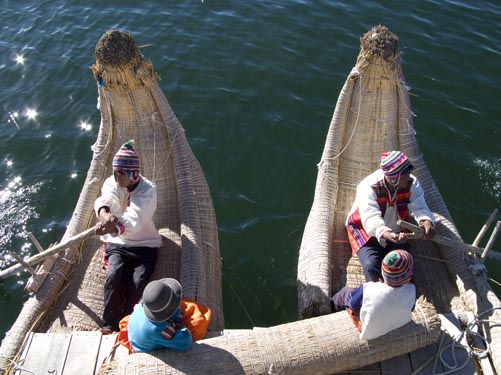
Boats too!
Part 3: Puno

Agricultural terraces on Taquile.
The island of Taquile is three hours away by boat. This remote Quechua outpost still lives by the traditional Inca values of community collectivism. The island is gorgeous – lush – small farms – agricultural terraces – but the hike to the public square at over 4,000 meters above sea level takes the wind out of me. Until you have adapted to the altitude, you can’t draw a full breath – and walking uphill is slow and difficult for me.
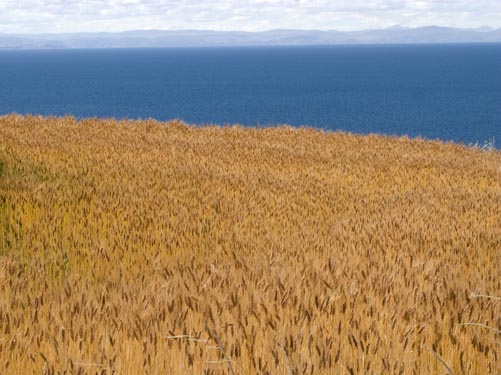
Fields of wheat.

Fresh coca leaves can be purchased as easily as a bag of chips. Helps with the Altitude Sickness…!

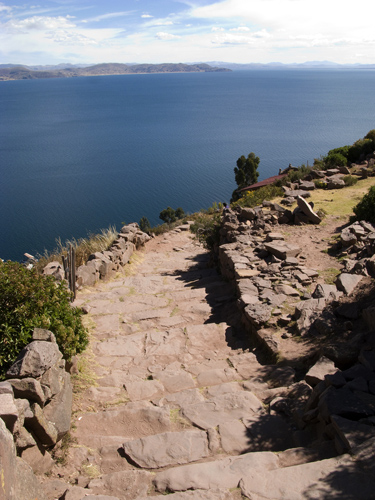
The way down is much easier!
Part 4: Train to Cuzco 1
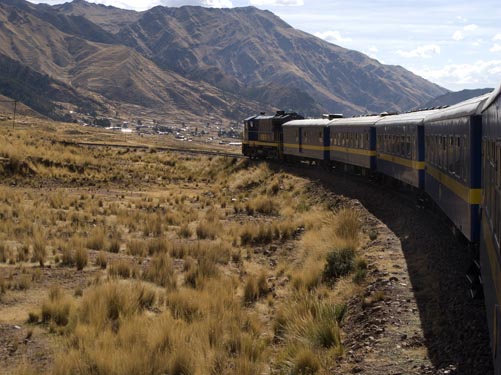
I love trains!
The romance of long distance travel by train must be archetypal because I have fallen prey to its influence my entire life. This one was a real treat – best train journey ever! I leave Puno – travel through the Peruvian Altiplano and into the Andes that surround Cuzco – my destination. The ride takes all day – over 10 hours. En route I witness the most incredible sights – all part of a sparse but vibrant high altitude culture – thriving in the most remote of regions.
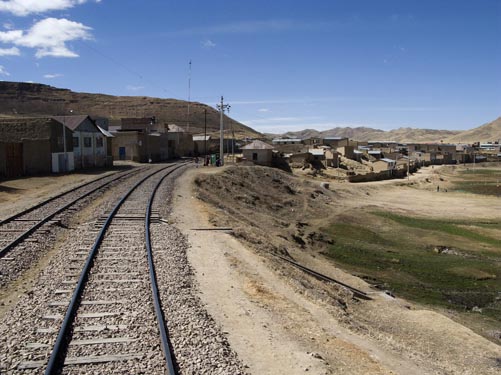
Ancient mountain villages.

As the train passes through, we split the market in two. Inches from the stalls!
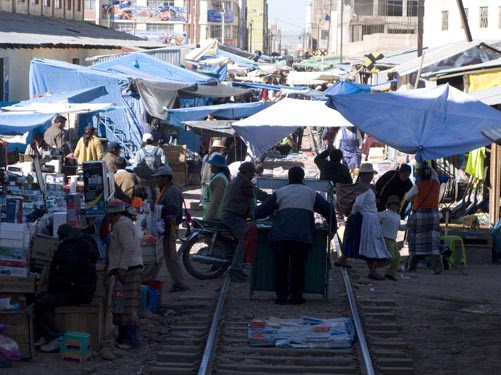
Seconds after we pass, the market swallows up the tracks once again.
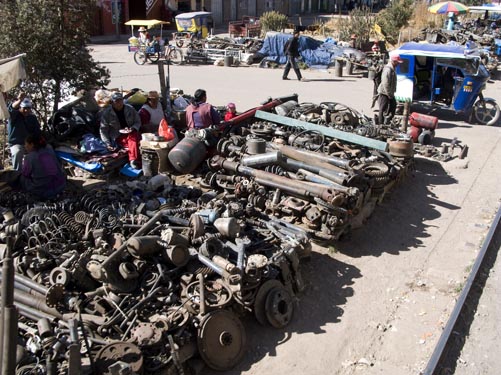
Spare parts for your train, sir?
Part 5: Train to Cuzco 2

First Class. Isn’t it the only way? And I was one of only 4 people on the train!

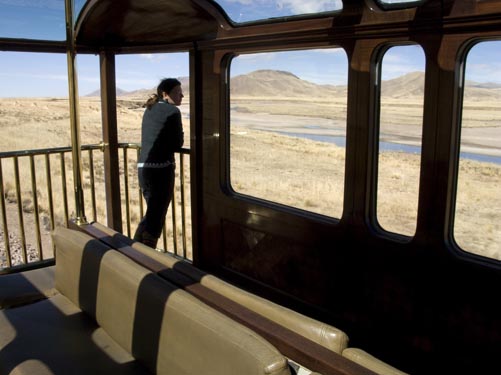
The Observation Car. Where I spent most of my time.

At over 4,300 meters, the peak at La Raya is the highest point on our journey. I felt really lucky to be seeing all this.
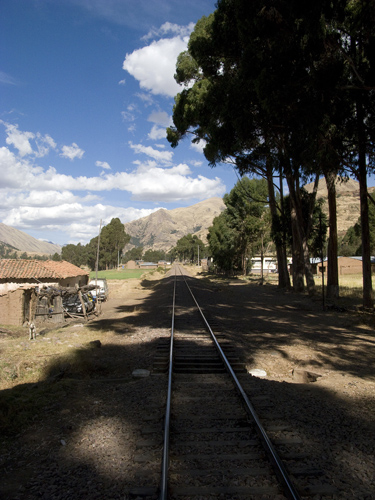
Postcard anyone?
Part 6: The Altiplano
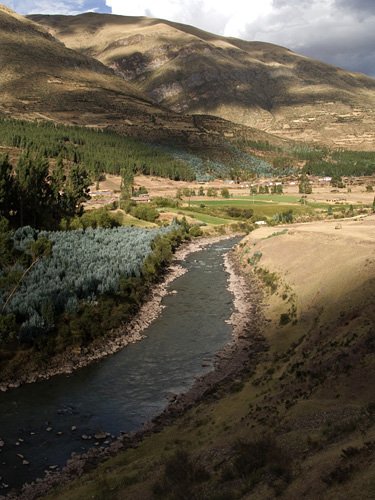
Shall we make it two? One of my faves.
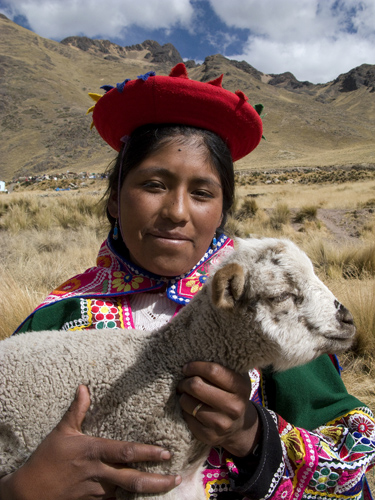
A baby alpaca in the arms of its… mother! The alpaca wool trade is critical to the Peruvian economy.
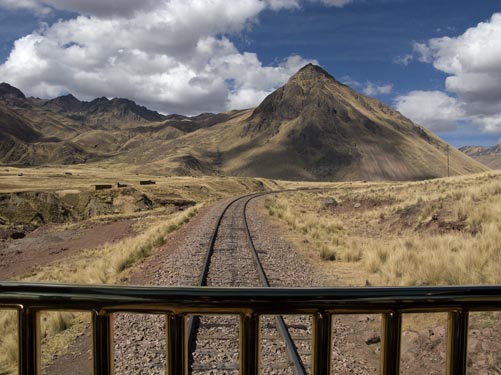
I love trains.
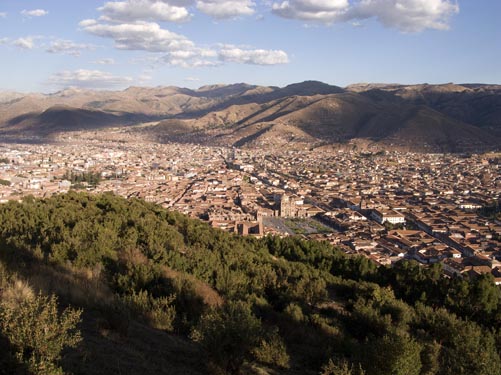
Cuzco. The Imperial City of the Incas.
Cuzco is an incredibly busy place. One gets the sense that it has always been. As the starting point for hikers on the Inca Trail, it is constantly flooded with backpackers and tourists making their way through town. But this tourism hasn’t pushed the locals away. As I move around – shoulder to shoulder with the crowds – I pass as many moms with newborns as uniformed school kids as local cart merchants. There is probably a young hiker couple here from every city in Europe!

The rainbow flag is the official symbol of Cuzco.
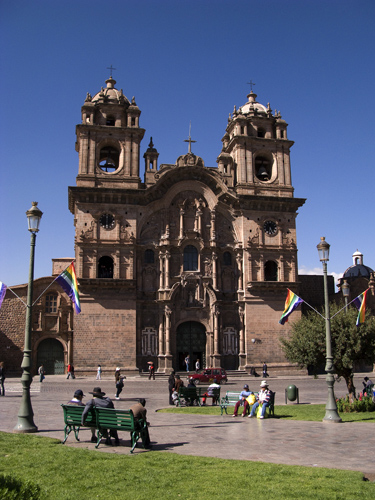
Cathedral at the town square.
Part 7: Cuzco

Hands down Cuzco has the best markets in Peru.

If you can’t stand vibrant colors, endless variety – stay clear!
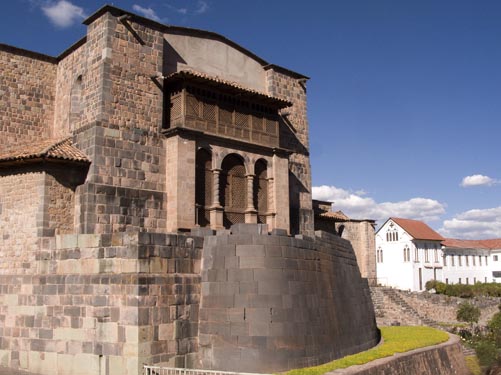
What’s left of the mind-blowing Inca Temple of the Sun or Qorikancha after the Spanish ruined everything. It is here I begin my wonder with all things Inca.
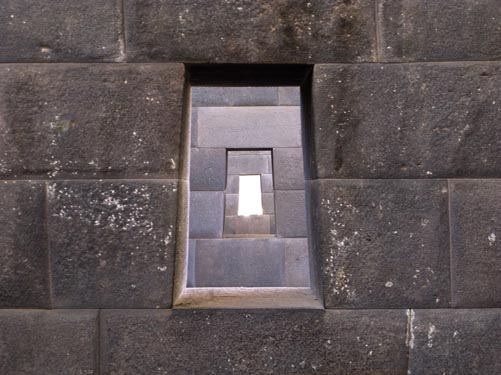
Inca engineering: trapezoid windows and doorways. Aligned, of course.
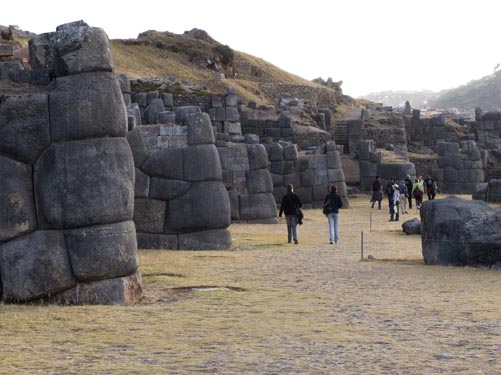
The monumental complex of Saqsaywaman, north of Cuzco city. Meticulously formed boulders put together without mortar. The Incas were a crafty bunch.
Part 8: Pre Inca Trail

The Sacred Valley.
After a nerve-racking night of trying to pack smartly for my 4-day hike/camp along the Inca Trail (never take more than 5kg!), I make my way through the storied Sacred Valley. Like something from a history book, this whole region is at once stunning to the eye and overwhelming to the heart. I stop at several noteworthy sites along the way including Pisac – known for its great Sunday markets.
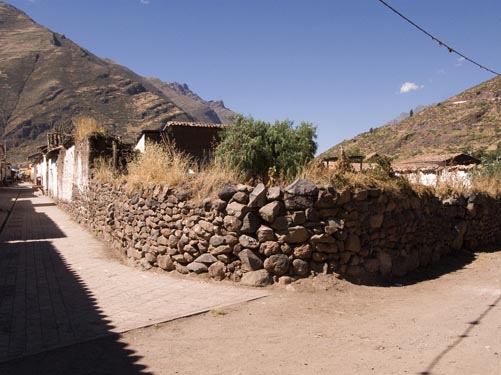
The village of Pisac in the Sacred Valley.

Part of Pisac’s extensive markets.
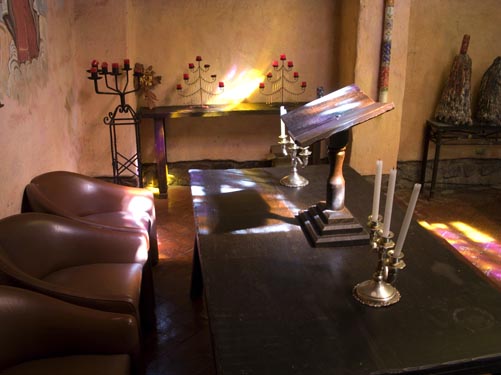
I came across this chapel with incredible natural light.

I overnight in Ollantaytambo before heading out on foot on the Inca Trail.
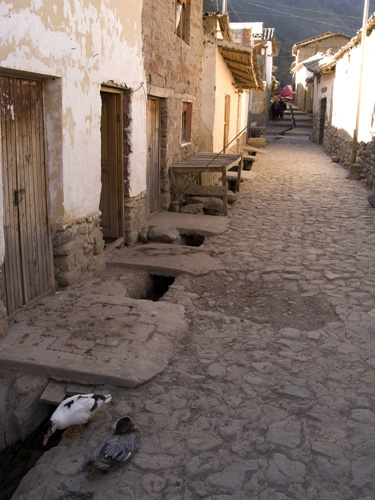
Streets of Ollantaytambo. The emperor Pachacuti made this town his home. But that was a long time ago.
Part 9: Hike the Inca Trail

Finally! The start of the great Inca Trail! I have been waiting for this a long time. This point is called Kilometer 82.
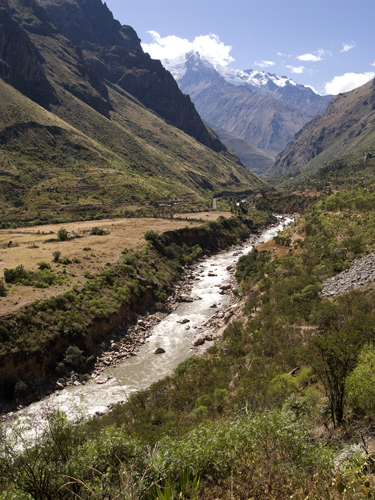
Stunning sights await all on this ancient pilgrimage.

Most of what you are walking on is this – rocks and boulders that stretch out for over 40km.

I frequently have to stop and pinch myself. Nope. Not dreaming.

Amazingly well-preserved agricultural terraces litter this area of the Andes. A peak into what life was like – long ago.

The 4-day hike is extremely challenging in places – and not for the timid. Completely dizzying.
Part 10: High in the Mountains
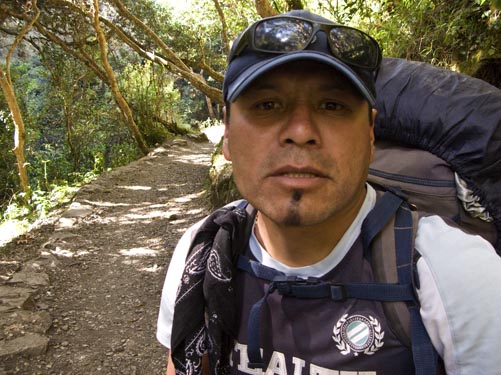
My private guide, Manuel, spent 5 years on the road to being a Catholic priest. Eventually, the spirituality of the Incas, his true ancestors, resonated on a much deeper level and he has been a guide for over 10 years.

This is what your gear looks like. Private porters carry the bulk of it – I carried a single knapsack only. That’s enough for this terrain!
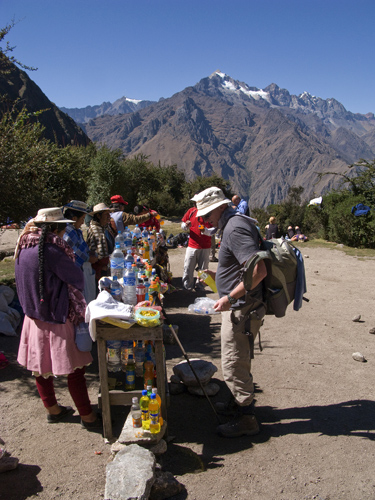
The occasional rest-stop offers hikers the essentials – at a premium.

Our porters setting us up for the night. The sun set around 6pm each night. I was crashed by 9pm – latest.

The real thing.
The coca leaf is revered throughout Peruvian culture for its magical and medicinal qualities. The lift in spirit and energy that chewing on a few leaves can bring was a most welcome effect in these mountains! I learned to love it as my Peruvian friends did. Brought some home, too! (Shhh.)
Part 11: Dead Woman's Pass

Imagine waking up to this! Nice to look at – harder to conquer.

Winded hikers make the final few steps to Dead Woman’s Pass after 5 hours of straight, uphill trekking.
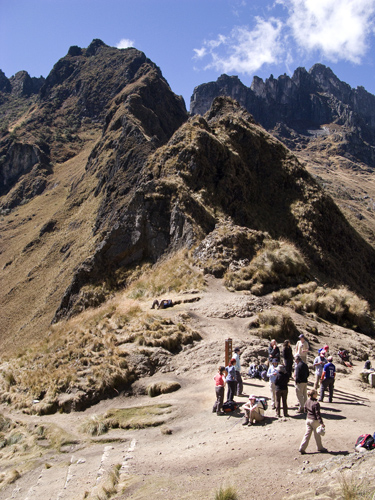
Dead Woman’s Pass. This is the tail end of Day 2. From here to Machu Picchu, the trail descends almost 2,000 meters in altitude.

The stunning beauty of this trail can not be overstated.

It is also dangerous. If you misstep – it means certain death. The trail is very uneven and less than a meter wide here.
Part 12: The Interior

The Incas were hard core. One is meant to be changed by this approach to Machu Picchu city.
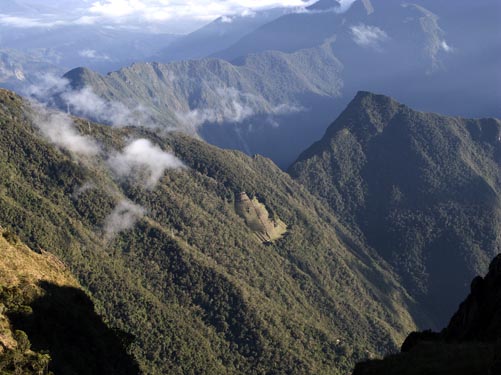
Inca ruins and agricultural terraces – like this one – can be found daily along the trail.
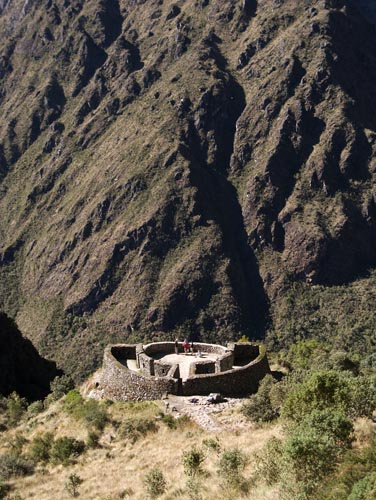
The chambers, walls & entrances are all aligned with the sky in some way. Earth’s journey around the sun every year was critical to the identity the Incas created for themselves.
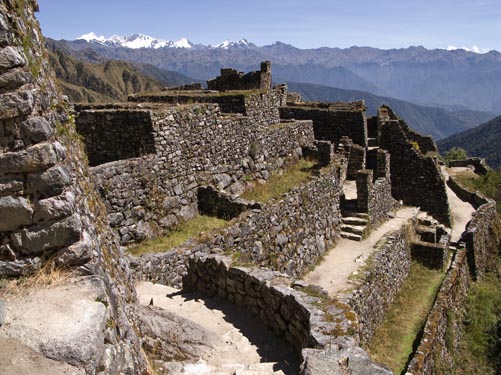
I was amazed how we were allowed to explore in intimate detail all the ruins we encountered.

Hikes along the trail are pro all the way. Your stops are predetermined each day. Porters are ahead of you – lunch is always ready! This was the best food of the entire trip.

By the end of Day 3 – I am hiking way high in the Andes.
Part 13: Living in the sky
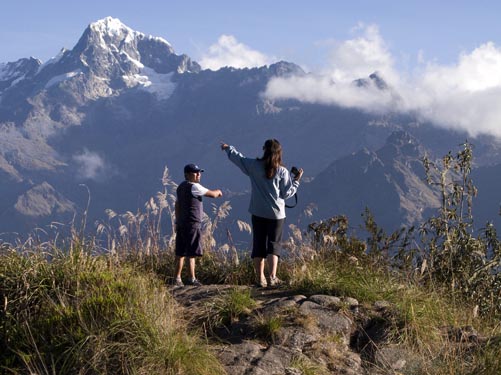
Am I actually getting used to sights like these?
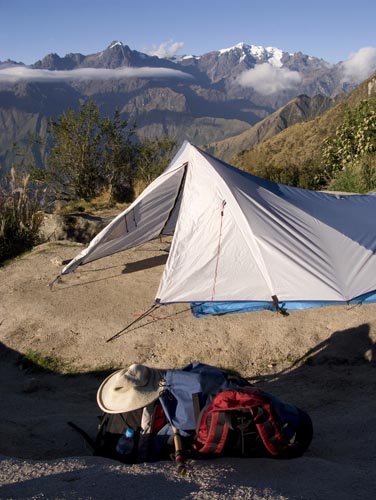
We camped here on Day 3. And I don’t even like heights! I was dizzy the whole time. Yes – it is straight down beyond that little tree. Did we bring a flashlight?
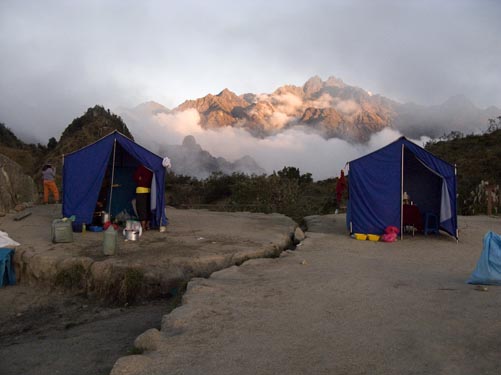
As the sun set and the fog rolled in, it was obvious: we were camped in heaven.

Day 4 served up some of the most terrifying parts of the trail. I actually trembled a few times. That’s the Urubamba River.
By noon on Day 4, the city of Machu Picchu appears out of the highland jungle. It is everything you think it is going to be – and then more.

Me and my excellent hiker pal Sue at the Sun Gate overlooking Machu Picchu city.
Part 14: Machu Picchu

Built by Andean masons in the 1400s, it was unknown to the outside world until 1911.

There is a quiet fascination exploring Machu Picchu. With its massive scale and soaring spirit, it is simply extraordinary.

The city is brilliantly conceived with agricultural zones – residential areas – observatories – royal enclosures and temples. Seems like they knew something we don’t.
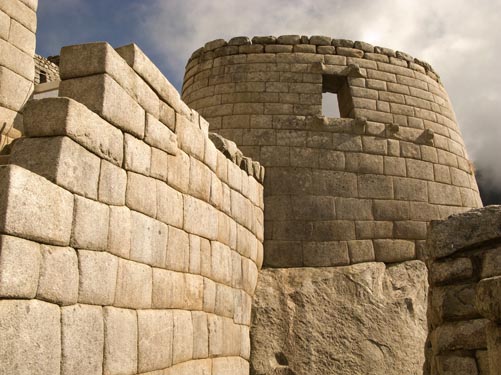

I’d give anything to be here on the solstice on the 21st of June!

Aguas Calientes
After the grueling trial of the trail, we final get to relax (and shower!) in Aguas Calientes – the hot springs town at the base of Machu Picchu mountain. This is where I check my email after many days – only to discover my eclipse flight has been canceled. You’re lucky you weren’t around when I got this news.
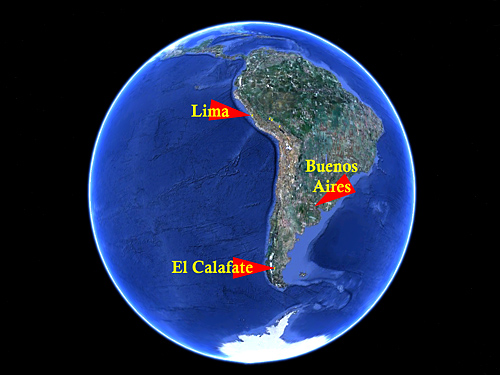
What you don’t see now is the long journey back to Cuzco – the flight to Lima – the flight down to Buenos Aires – the 10-hour layover in the airport – then the flight to El Calafate in Patagonia at the bottom of Argentina. I am furious at my eclipse tour company the whole time and not fun to travel with. If there is no flight – then I am stuck on the ground – and the weather is supposed to be overcast in Calafate – hence the plane idea. Take my eclipse away from me and watch out. To make matters worse, we are greeted at the airport by minus 20 degree temperatures and thick ice on the ground. It was bleak. With no eclipse on the horizon – what the hell am I doing here?

El Calafate in Patagonia the morning of the eclipse. Is that clear sky I see…?
Against all good sense, the tour company asks me to pay if I want to come see the eclipse from their ground location. After leaving me with no flight! But it’s eclipse day already – I am out of options. I pay. But I could have strangled them. I now have just a glimmer of hope that these clear skies will hold out. That’s my focus. About 150 of us load into these wicked 4×4 trekking machines to haul us up to the top of the Patagonian steppe. If we stay down in Calafate – the eclipse will set behind the mountains before we can see it. If this eclipse really does want to be seen – it’s down to this machine –
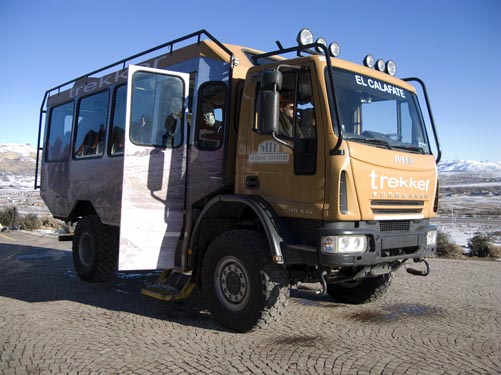
Couldn’t stand the tour company. Loved the ride to the top.
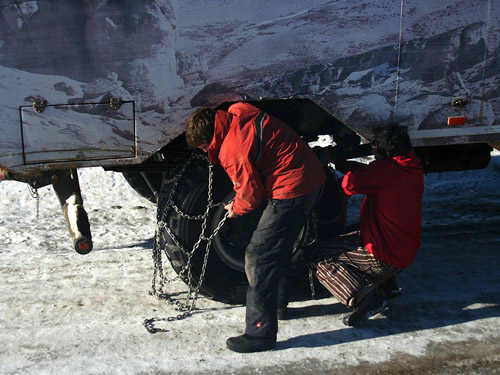
As we enter the roughest part of the journey, chains are strapped on to the tires to keep us moving forward through the snow and ice. Photo: Lukas G.
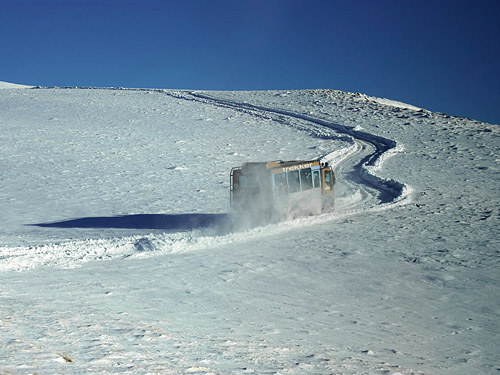
Rough but awesome! Wait… wasn’t I just in Machu Picchu?? Photo: Lukas G.
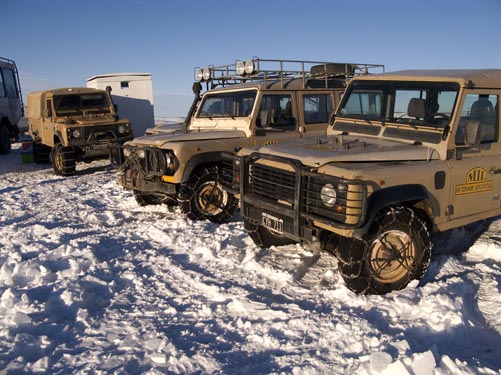
At least they seem to know what they’re doing on the ground.
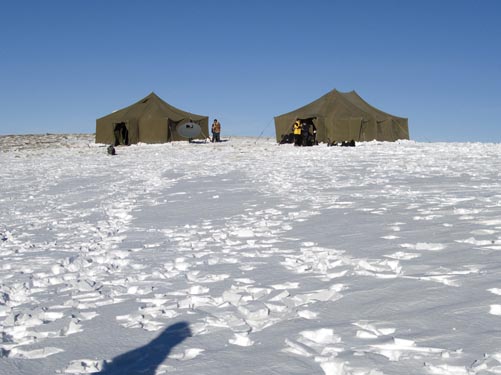
What you can’t see is the temperature! Freezing! Windy as hell! The tents make it workable.
Part 15: El Calafate
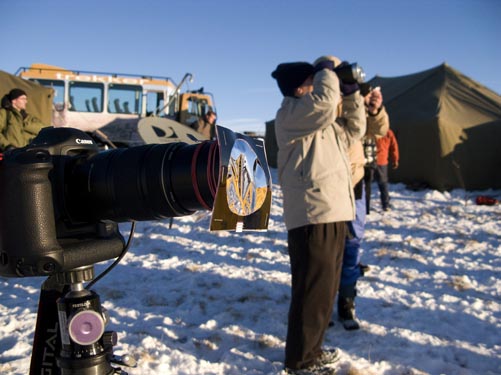
The partial phase of the eclipse has begun. Barely a cloud in the sky.

Chasers having fun with safe solar viewing!
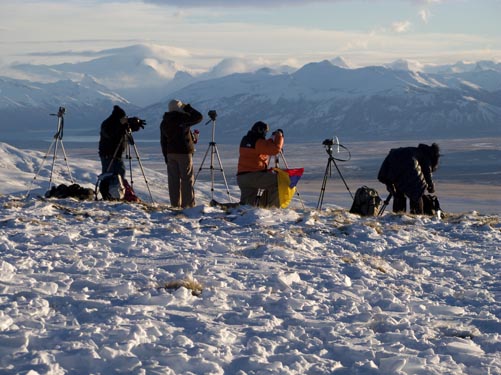
Stunning location for an eclipse? I think so.

Only 4 minutes before the eclipse do I concede: we’re going to see this thing after all!

The scene over the Andes – seconds before the shadow of the Moon arrives.
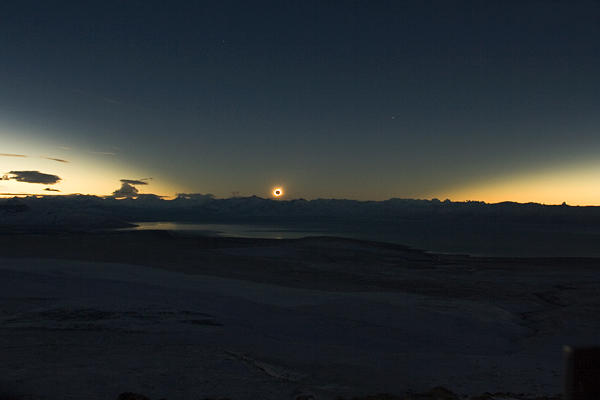
Embrace of the Shadow. Lukas G. captures this amazing image of the shadow cone seemingly reaching out from beyond the mountains.
Part 16: Eclipse Day
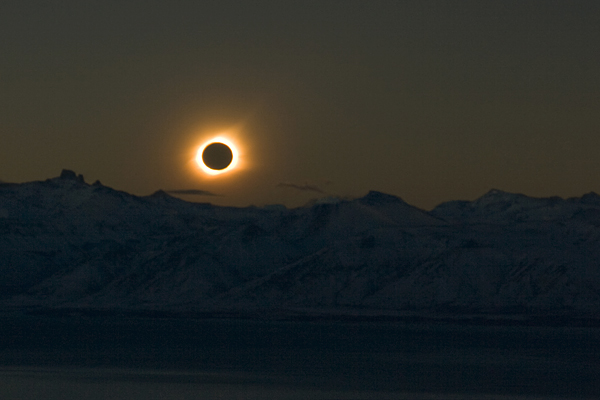
Hovering over the Andes in the distance – this is the lowest eclipse I have ever seen. And a golden corona! Another first!

It lasts 2:40 – but feels like 10 seconds. The Diamond Ring at 3rd contact.
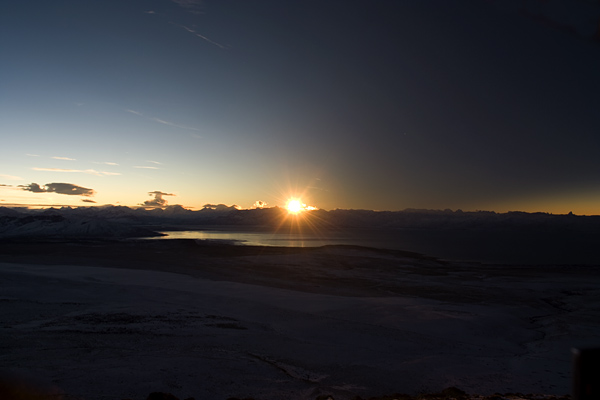
Seconds later we see the sky cut in half by the umbra. Total Eclipse to the right; no Total Eclipse to the left.
Success sure is sweet! But I could have done without all the drama in the last few days. But that is what eclipse chasers deal with. I would do it all again. This really was the eclipse that wouldn’t take no for an answer.
Wanna come next time?

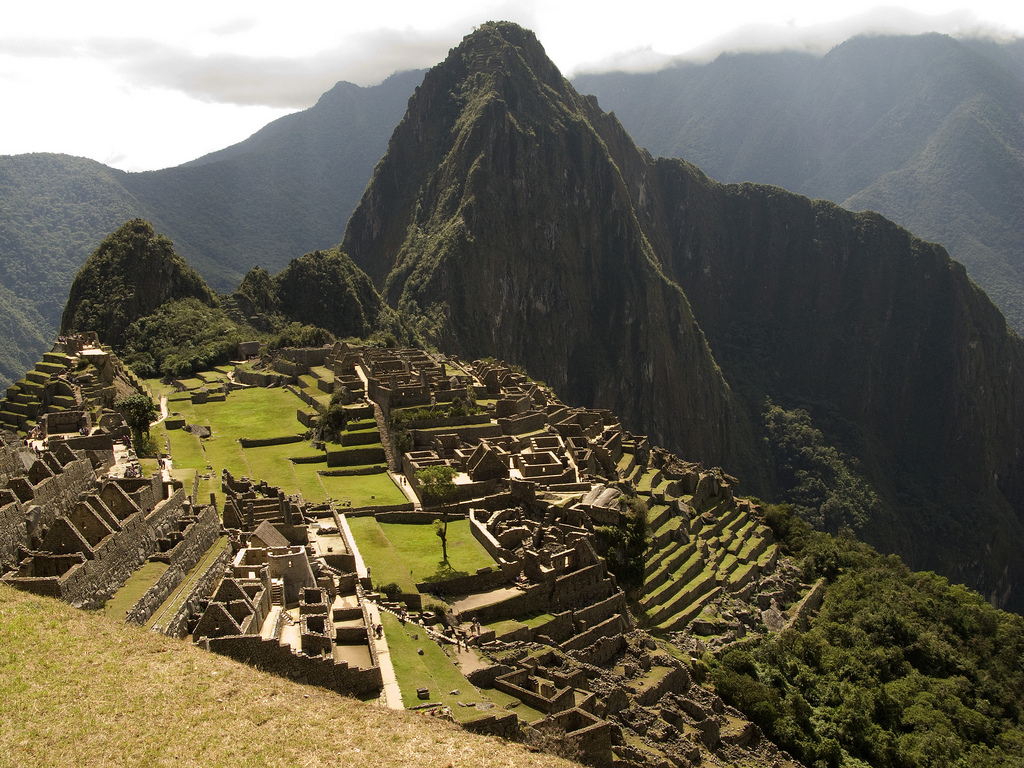
I loved reading this, I plan to see the eclipse in Iceland next year. I felt like I was there with you along your journey. Glad you didn’t fall off that trail to Machu Pichu.